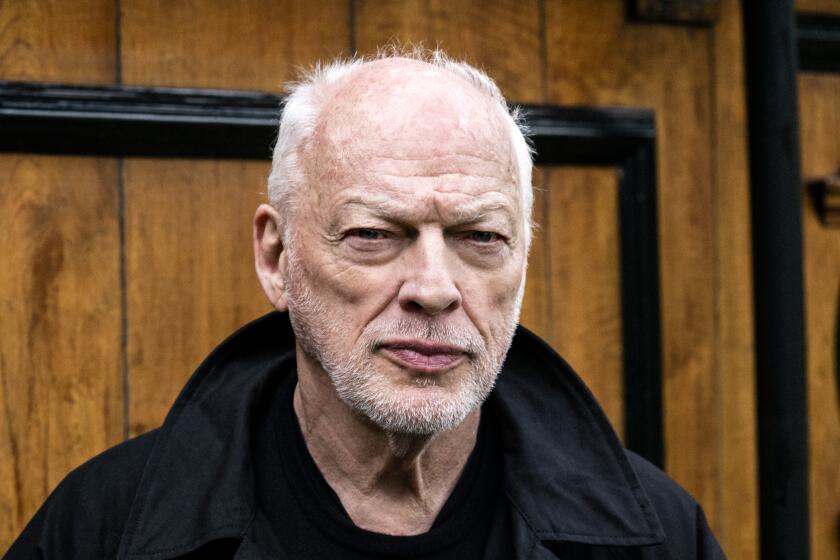Stepping into indie dance era
- Share via
To the casual observer, it looked like a typical night out at a Hollywood club -- crowded dance floor moving to the sounds of a DJ, deep scrums at every available bar, couples making out. But to the seasoned clubber, a recent night at the Avalon’s weekly “Control” party was far from typical.
The dance floor was conspicuously free from the usual orange tans and Affliction and Ed Hardy fashions prevalent in Hollywood. The casual but cool crowd was closer to the achingly hip clientele of Eastside dive bars or Cinespace on a Tuesday night. There wasn’t a glow stick in sight. And instead of the typical orchestral swells of progressive trance tunes generated from a computer, LCD Soundsystem producer James Murphy (after opening with Gary Wright’s ‘70s nugget “Love Is Alive”) played a set of classic disco and house tracks -- on actual 12-inch vinyl records. Murphy was followed by Montreal techno stalwart (and “electroclash” survivor) DJ Tiga, who spun hard, bass-heavy electro well into early Saturday morning.
“If you go back through the history of clubs, the real skill is spotting trends and having the ability to bring them to the forefront,” says Avalon owner Steve Adelman about the Friday night “Control” parties, which feature a new style comprising emerging acts and DJs that Adelman calls “indie dance.”
“This is where things are going,” he insists about the growing new night life movement that started earlier this decade with labels like DFA and Ed Banger. L.A.’sSteve Aoki and his Dim Mak label were a flashpoint that drew the Ed Banger crew (including its flagship band, Justice) and Canadian electro act MSTRKRFT to play in town regularly. The fresh energy and relentless self-promotion of these new club heroes reignited an American dance scene.
“Things are meshing a lot more. The industry itself is synergizing and becoming a lot more cohesive -- and a lot smaller,” Adelman continues. Sonically, this new scene is marked by a panorama of sounds. Old-school party beats rub up against minimal techno, squelchy electro and retro rave flashbacks. “What gets called ‘indie dance’ is such a wide term right now,” opines DJ Tiga. “Especially in America, acts like Justice, Crookers, DFA and even I all fall under that category. . . . In that sense, it’s more than just a trend. It’s more of a philosophy.”
Tiga is well versed in fleeting trends. Back at the turn of the millennium, he was swept into the then-emerging electroclash scene, when artists like Peaches, Fischerspooner and Miss Kittin put a flamboyant face on the historically anonymous dance scene.
“That scene brought identity and charisma to what we do,” he says. “I don’t have a single negative thing to say about those years or the term ‘electroclash.’ ”
As this new dance scene continues to make bold strides into the mainstream (both Lady Gaga and Kid Cudi owe some of their success to electro aesthetics), one wonders where this leaves the traditional superstar DJs.
“It can all coexist,” Adelman says. “But when I say this new scene is a growing offshoot, it’s not just a trend. Even down in Miami this year for the Winter Music Conference, everything was about ‘indie dance.’
“It’s not going away any time soon.”
--
--
‘Control’ at Avalon
Where: 1735 Vine St., Hollywood
When: 10 p.m. to 3 a.m.
Price: $10 to $15 pre-sale before 11 p.m., depending on act. $20 after 11 p.m.
Contact: (323) 462-8900; AvalonHollywood.com.
More to Read
The biggest entertainment stories
Get our big stories about Hollywood, film, television, music, arts, culture and more right in your inbox as soon as they publish.
You may occasionally receive promotional content from the Los Angeles Times.










